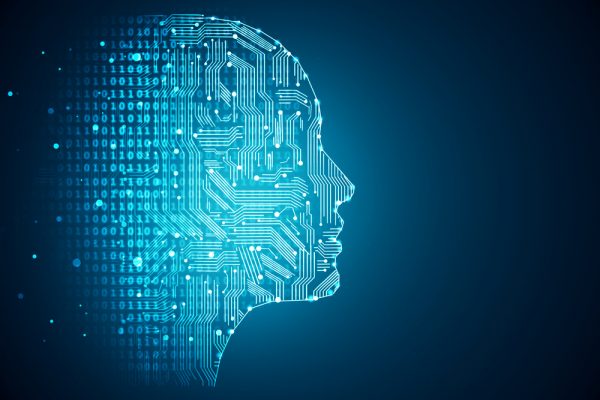Intelligent storage with a brain: Why AI is a smart choice for midmarket customers

In an intensely competitive economic climate, midmarket customers are caught in an especially challenging position right now. Faced with many of the same problems we see large enterprise customers grappling with -- mushrooming data demands, unpredictable business growth etc. -- but with smaller budgets and fewer personnel to overcome them.
How can these customers compete against the big IT-spenders? Automation and analytics tools integrated with Artificial Intelligence (AI) and Machine Learning (ML) capabilities hold the answer -- helping to manage ever-growing storage demands more efficiently with fewer personnel, fewer resources and less human intervention.
Rethinking data center automation strategies
For several years, scripting has been an effective and powerful way for businesses to automate manual tasks. However, it often doesn’t scale in the way we need it to. It’s tightly connected to the products the company is already using and isn’t compatible with products from other vendors. On top of this, scripting demands a high level of expertise, making it difficult to update.
The next step up from scripting is to build an automation framework -- like creating a wizard to help employees to allocate resources faster. In this way, you can automate an entire workflow. Imagine an application owner needs to setup a new application and to do so must request CPU resources, memory, network and capacity in a clustered environment. It’s possible to create a workflow where all of that can all be configured through a wizard. This is a good example of automation between different workgroups in a data center.
But the question is: how can we reach out to the organization's end-user? IT service management (ITSM) tools are the bridge between the end user and the support organization. Integration between data center services, the support organization and the end user is where AI comes in and where it can really help midmarket customers.
Domain-centric AI paves the way for domain-agnostic AI
Imagine an intelligent storage infrastructure that monitors itself, can do self-healing and give predictive recommendations. It can change behavior by freeing up internal CPU resources to secure high performance on the fly -- like shifting real-time data reduction into a post job or root cause analysis with guided recommendations. This describes domain-centric AI. These kind of internal AI capabilities can help administrators to make the right choices. This automation also extends across the data center, where human-developed scripts would otherwise have been held back because they’re difficult to scale. This is the pathway to domain-agnostic AI, which can bring this automation to the entire data center.
Domain-agnostic AI combines native AI information from different vendors in a single, holistic approach. For example, bringing valuable insights from hypervisors, servers, network and storage systems into a common self-service portal for automation. So when you create a virtual machine, you might be informed that a performance bottleneck is going to happen next Wednesday between 1-2pm on a particular computer node. This time you are notified by the intelligent storage system.
This is possible because AI-driven operation software has learned your workload behavior. As time goes by, it will learn more and more about your data center, bringing value to your day-to-day operations. When IT hardware assets are brought today, they depreciate in value over time as they’re used. AI-operations software is the opposite. It actually increases in value over time because the more it is used the smarter it will become.
Think of it as an AI-powered "brain" providing data center insights by looking across the data path -- including virtual machines, servers, networks and storage -- and using ML to optimise, troubleshoot and predict data center needs more efficiently.
AI-driven operations tools for the midmarket
For me, AI isn’t artificial intelligence to replace people -- that kind of technology is something in the far future. It’s really about augmented intelligence. It should be designed and implemented in a way that guides us to make better decisions and to do manual work faster and with more accuracy. That’s certainly true for midmarket customers with less employees and smaller IT teams. It’s a way of helping those teams to achieve more with less.
Photo credit: Peshkova / Shutterstock
Tom Christensen, CTO and Customer Advocacy, Northern EMEA at Hitachi Vantara
